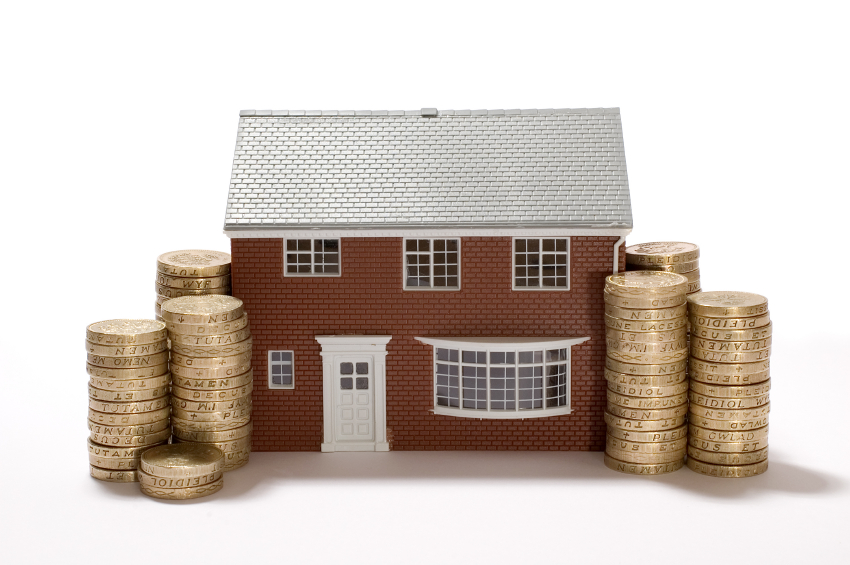The rapid rise in house prices and the widespread withdrawal of interest only mortgages have largely contributed to the decrease in homeowners currently in negative equity.
Just 22,000 (6 per cent) of first time buyers (FTBs) who bought a property in 2007 remain in negative equity, down 15 per cent on a year ago and around half the level that were still in negative equity seven years after the 1990 downturn, according to research in Countrywide plc’s April Market Report.
The combination of rising house prices and the withdrawal of interest only mortgages has allowed homeowners to grow the equity in their property. For first time sellers with smaller deposits this is particularly important as it helps them to move up the housing ladder.
First time buyers
A total of 364,000 houses were sold to first time buyers in 2007, according to the Council of Mortgage Lenders. Falling house prices across the country meant that by late 2008, 60 per cent of first time buyers were in negative equity as the average value of their home fell by £30,000.
By 2009, any first time buyer with a deposit of less than 17 per cent saw themselves fall into negative equity. Throughout most of London and the South East this was for a relatively short period of time.
London vs elsewhere
In the North East, it has taken over five years for the number of first time buyers in negative equity to fall, from 68 per cent in 2009 to 53 per cent in 2014. Even households that are technically no longer in negative equity but hold equity of less than 5 per cent, will find borrowing money to climb the housing ladder difficult.
Conversely, in London rapid house price growth in 2010 meant that it took just nine months for the number of first time buyers in negative equity to fall from 61 per cent to just 4 per cent.
The divergence in the performance of the UK housing market has seen the fortunes of first time buyers vary enormously across the country. In London, a first time buyer with a 25-year mortgage who put down a 10 per cent deposit at the peak of the market in 2007 would have seen their share of equity more than triple to 33 per cent today.
Conversely, in the North East, a buyer putting down the same deposit at the same time would have seen the value of their deposit eliminated and despite making repayments on their mortgage, they still find themselves in negative equity today.
Opinion
Commenting Nigel Stockton, financial services director, Countrywide plc, said: “Higher loan to value lending has long helped first time buyers with smaller deposits get onto the housing ladder. However, having a smaller deposit means that when house prices fall significantly, first time buyers are the first to fall into negative equity and the last to come out of it.
“Despite the largest fall in house prices for 25 years, across most of the country the number of first time buyers who bought at the peak of the market and still find themselves in negative equity is low, which is good news. For the average household in Southern England homeownership has proved to be a solid investment even over a period where house prices have fallen.
 “However, in parts of Northern England the story is different and a significant number of first time buyers still find themselves in negative equity. While the number of homeowners in negative equity is falling, it is doing so at a much slower pace than compared to the south of the country, with negative equity reduced though mortgage repayments rather than house price growth. If the current trend continues it could be five years before negative equity loosens its grip on first time sellers in parts of Northern England.
“However, in parts of Northern England the story is different and a significant number of first time buyers still find themselves in negative equity. While the number of homeowners in negative equity is falling, it is doing so at a much slower pace than compared to the south of the country, with negative equity reduced though mortgage repayments rather than house price growth. If the current trend continues it could be five years before negative equity loosens its grip on first time sellers in parts of Northern England.
“Today, 99 per cent of first time buyers take out mortgages which reduce what they owe through repayments. As a result, first time buyers today find themselves in a much stronger position compared to their 1990 counterparts. These repayment mortgages act as an enforced savings mechanism and households are able to build up equity in a property relatively quickly, which can be released later in life.”




